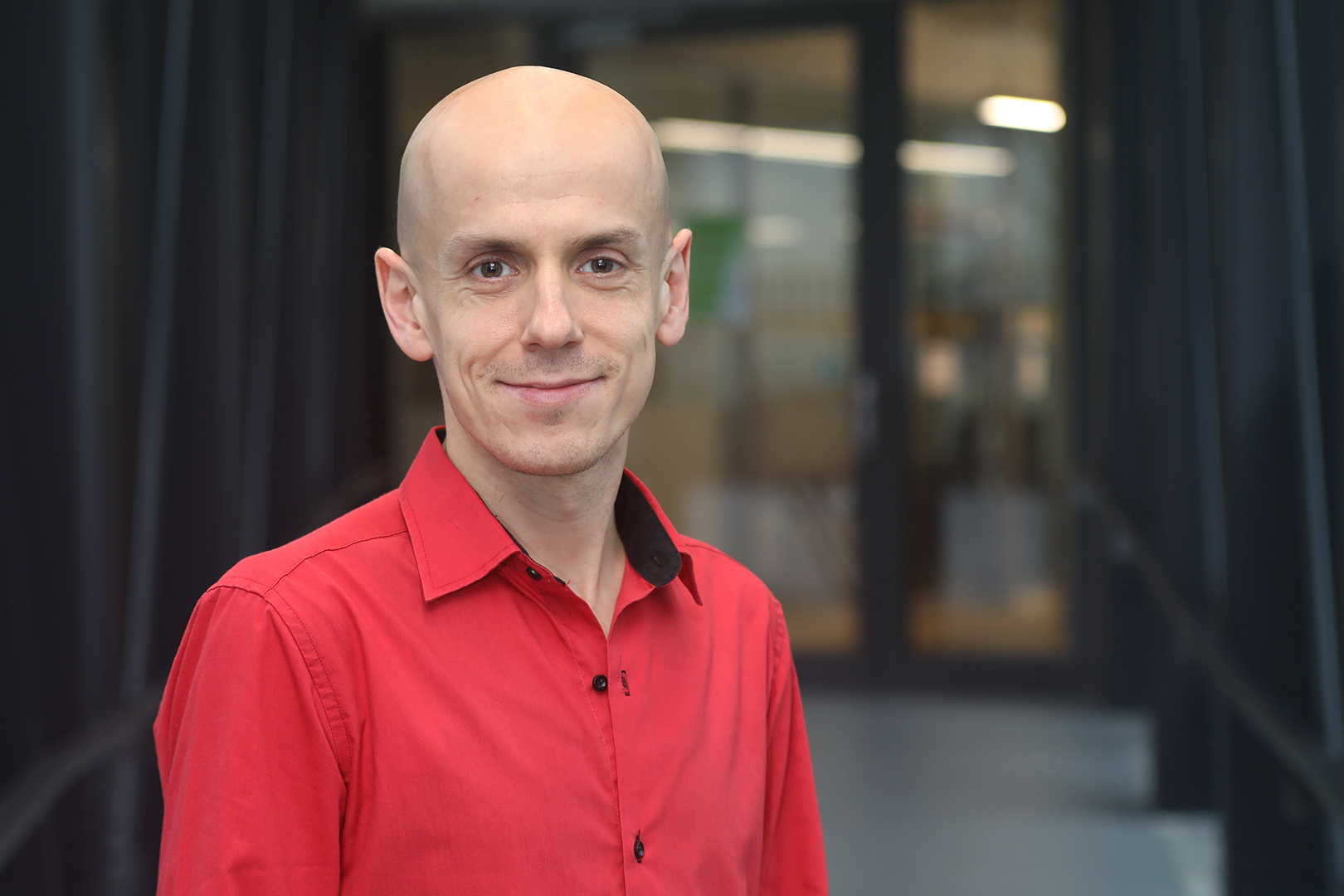Dr. Christophe Werlé - Synergistic Organometallic Catalysis
- Dr. Christophe Werlé
- Research Group Leader
- Synergistic Organometallic Catalysis
- +49 (0)208 306 - 3156
- christophe.werle(at)cec.mpg.de
- Room: A.00.001
Vita
LinkedIn Profile
| PhD Thesis | Dr. Jean-Pierre Djukic, University of Strasbourg/Institute of Chemistry, France (2011-2014) |
| Post-Doc | Prof. Dr. Alois Fürstner, Max-Planck-Institut für Kohlenforschung, Germany (2014-2016) |
| Post-Doc | Prof. Dr. Karsten Meyer, Friedrich-Alexander-Universität Erlangen-Nürnberg, Germany (2016-2017) |
| Group Leader | 'Organometallic Electrocatalysis', MPI CEC (2017-2019) |
| Research Group Leader | 'Synergistic Organometallic Catalysis', MPI CEC / Ruhr University Bochum (since 2019) |
Publications
ORCID | ResearcherID | Google Scholar Profile
Selected MPI CEC publications
- S. Jena, L. Frenzen, V. Chugh, J. Wu, T. Weyhermüller, A. A. Auer, C. Werlé, J. Am. Chem. Soc. 2023, 145, 27922-27932 – [DOI: 10.1021/jacs.3c10491].
- W. C. Chang, H. Randel, T. Weyhermüller, A. A. Auer, C. Farès, C. Werlé, Angew. Chem., Int. Ed. 2023, 62, e202219127 – [DOI: 10.1002/anie.202219127].
- V. Chugh, B. Chatterjee, W. C. Chang, H. H. Cramer, C. Hindemith, H. Randel, T. Weyhermüller, C. Farès, C. Werlé, Angew. Chem., Int. Ed. 2022, 61, e202205515. – [DOI: 10.1002/anie.202205515].
- P. Schlichter, C. Werlé, Synthesis 2022, 54, 517-534 – [DOI: 10.1055/a-1657-2634].
- B. Chatterjee, S. Jena, V. Chugh, T. Weyhermüller, C. Werlé, ACS Catal. 2021, 11, 7176-7185 – [DOI: 10.1021/acscatal.1c00733].
- B. Chatterjee, W. C. Chang, C. Werlé, ChemCatChem 2021, 13, 1659-1682 –[DOI: 10.1002/cctc.202001431].
- B. Chatterjee, W. C. Chang, S. Jena, C. Werlé, ACS Catal. 2020, 10, 14024-14055.– [DOI: 10.1021/acscatal.0c03794].
Christophe Werlé took up a new position as a full professor at the University of Lorraine in September 2024 and is no longer working at the MPI CEC.

